A simply exquisite Lutyens-style house with art studio and 35 glorious acres, on sale for the first time in half a century
Lord's Wood is a true labour of love, having been in the same ownership since 1974 and meticulously cared for. Penny Churchill takes a look.
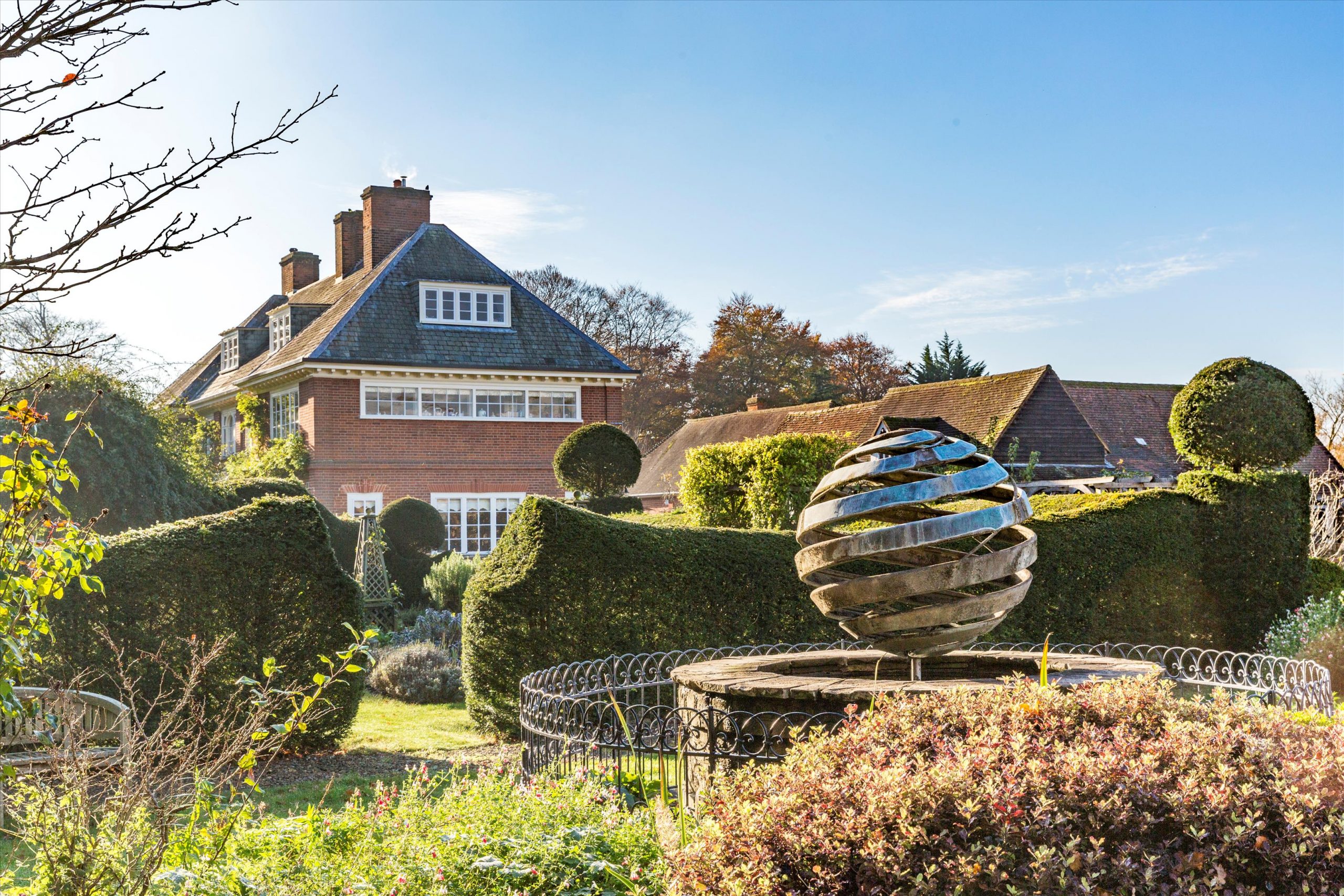

The vagaries of the property market — and, equally, the financial and mortgage lending markets — in the last few years have thrown up all manner of anomalies in recent months. Buyers come and go, plans change, investments soar and plunge, and property chains fall through, meaning that houses sometimes disappear from sale only to pop back up again.
Just earlier this week we reported on the re-emergence to the market of one such house, Knightstone Manor in Devon, six months after it had the misfortune to be launched amid the disastrous 'Trussonomics' of last Autumn.
Today, we look at another place which has been similarly unlucky over an even longer timescale since it came up for sale 18 months ago: Grade II-listed Lord’s Wood, near Marlow, Buckinghamshire, which is being relaunched at £8 million by Knight Frank.
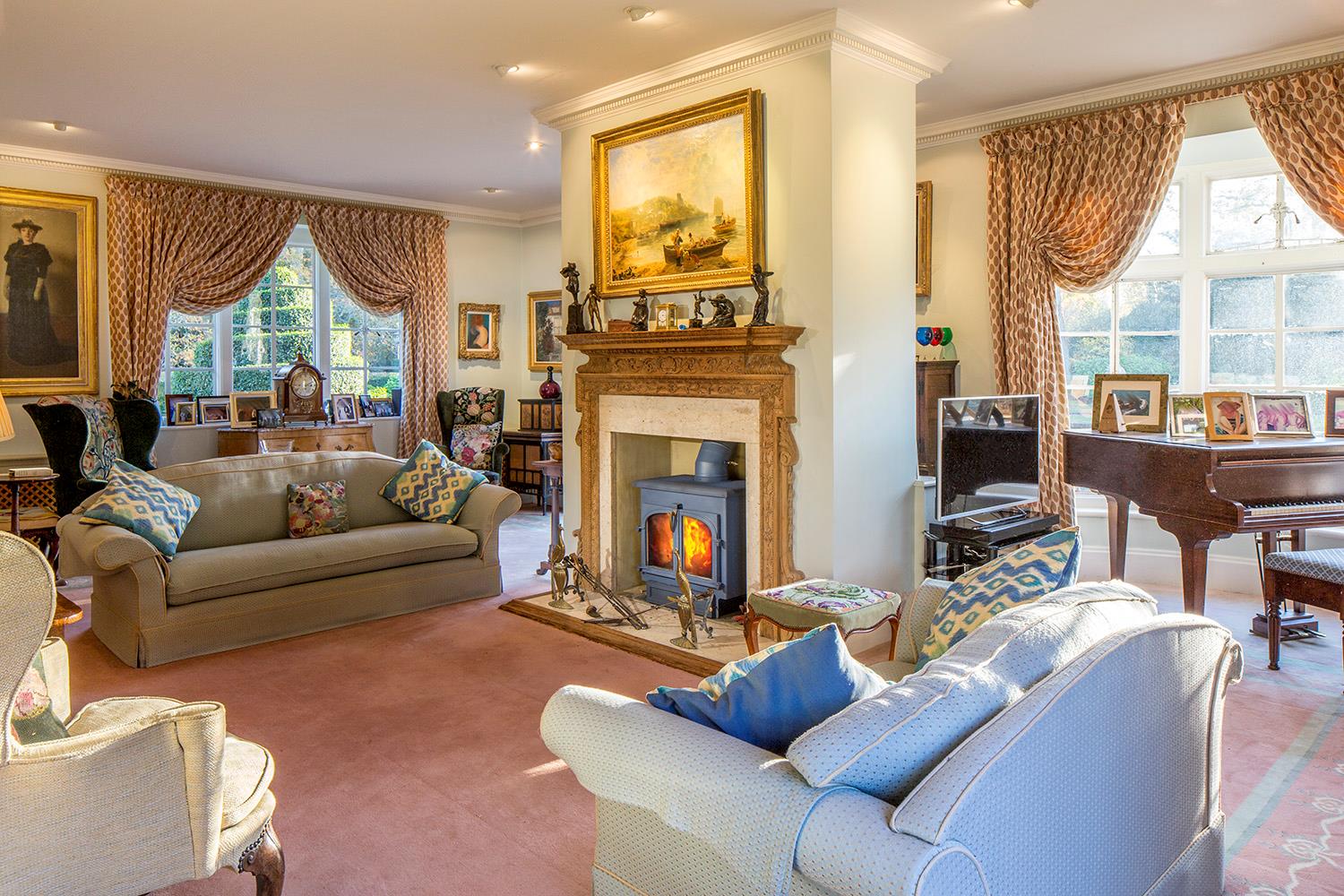
Prior to its initial appearance for sale in November 2021, the last time that Lord's Wood had appeared on the open market was in November 1973, when an article in Country Life was curiously dismissive of the architectural merits of the handsome Lutyens-style house. Half a century or so later, it's hard to see why.
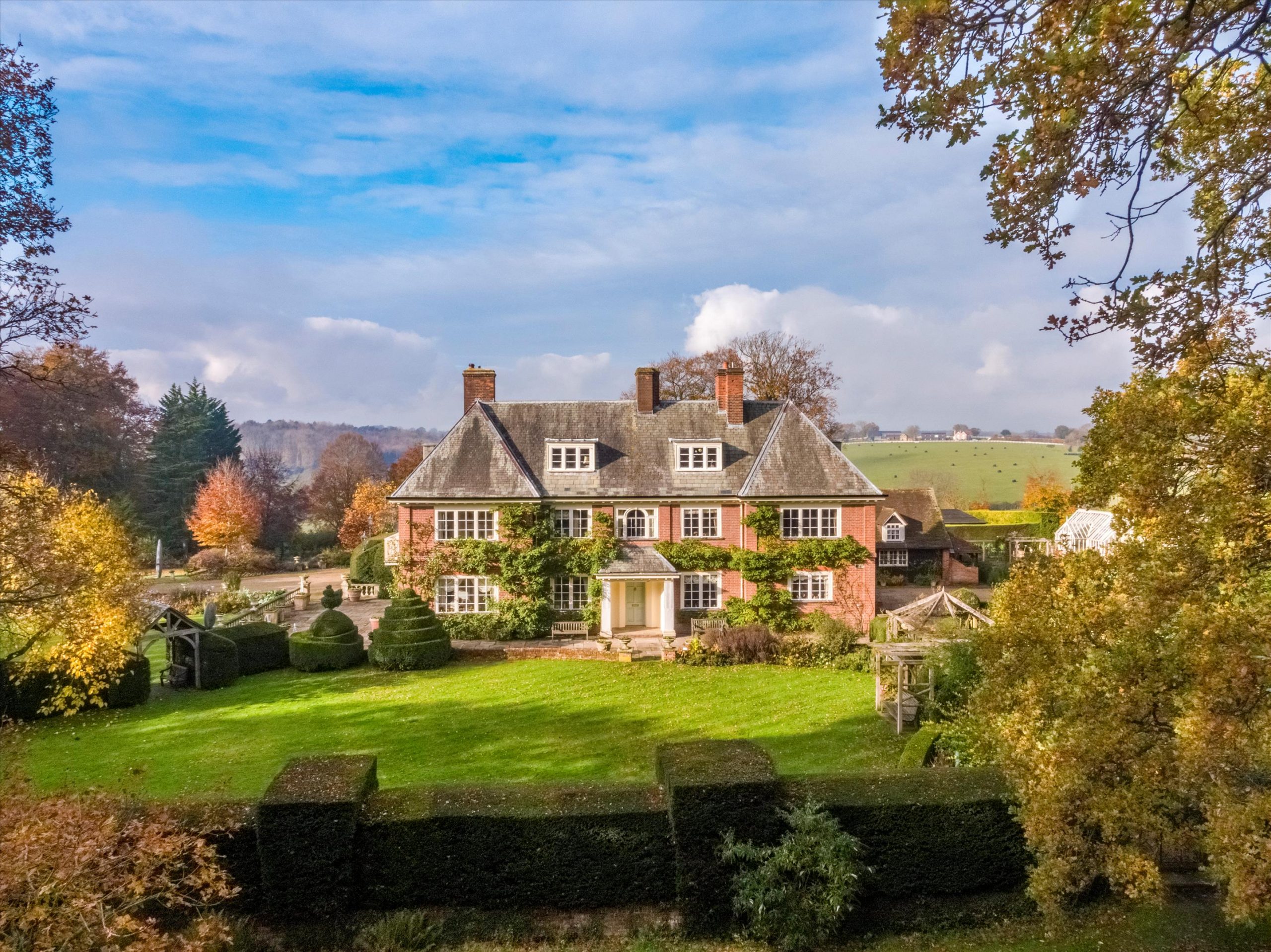
The house was built in 1899 for the artist Mary Sargant-Florence, a prominent member of the Bloomsbury Group, whose daughter, Alix, married James Strachey, youngest brother of one of the group’s founders, Lytton Strachey.

The opening paragraph reads: ‘The house would hardly merit a second look as a piece of architecture; you can see dozens similar in the millionaires’ belt north of Regent’s Park, or in the plushier interstices between the South Coast resorts. But as the contents have been dispersed, and as the house will no doubt fade into managing-directorial anonymity, it is worth recording its history as a Bloomsbury footnote.’
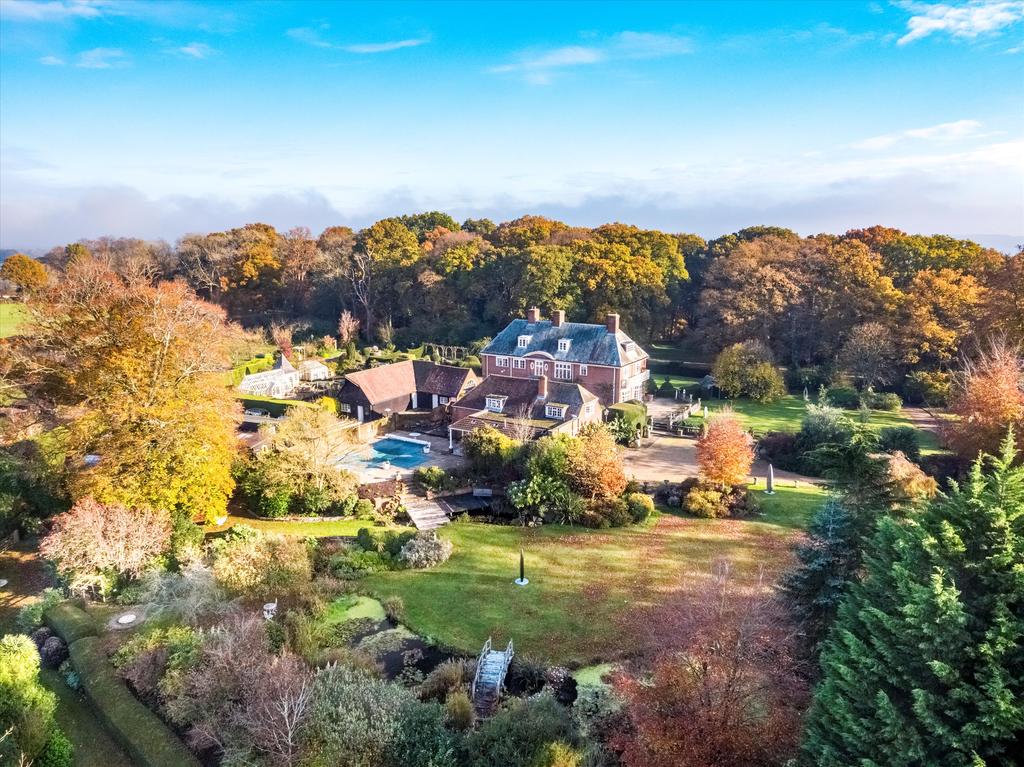
Far from fading into ‘managing-directorial anonymity’, a year later a For Sale sign for Lord’s Wood caught the eye of London art dealer David Messum and his wife, Millie, who were then living in Old Beaconsfield. They bought it within a week, without commissioning a survey and apparently unaware of its Bloomsbury connection.
Sign up for the Country Life Newsletter
Exquisite houses, the beauty of Nature, and how to get the most from your life, straight to your inbox.
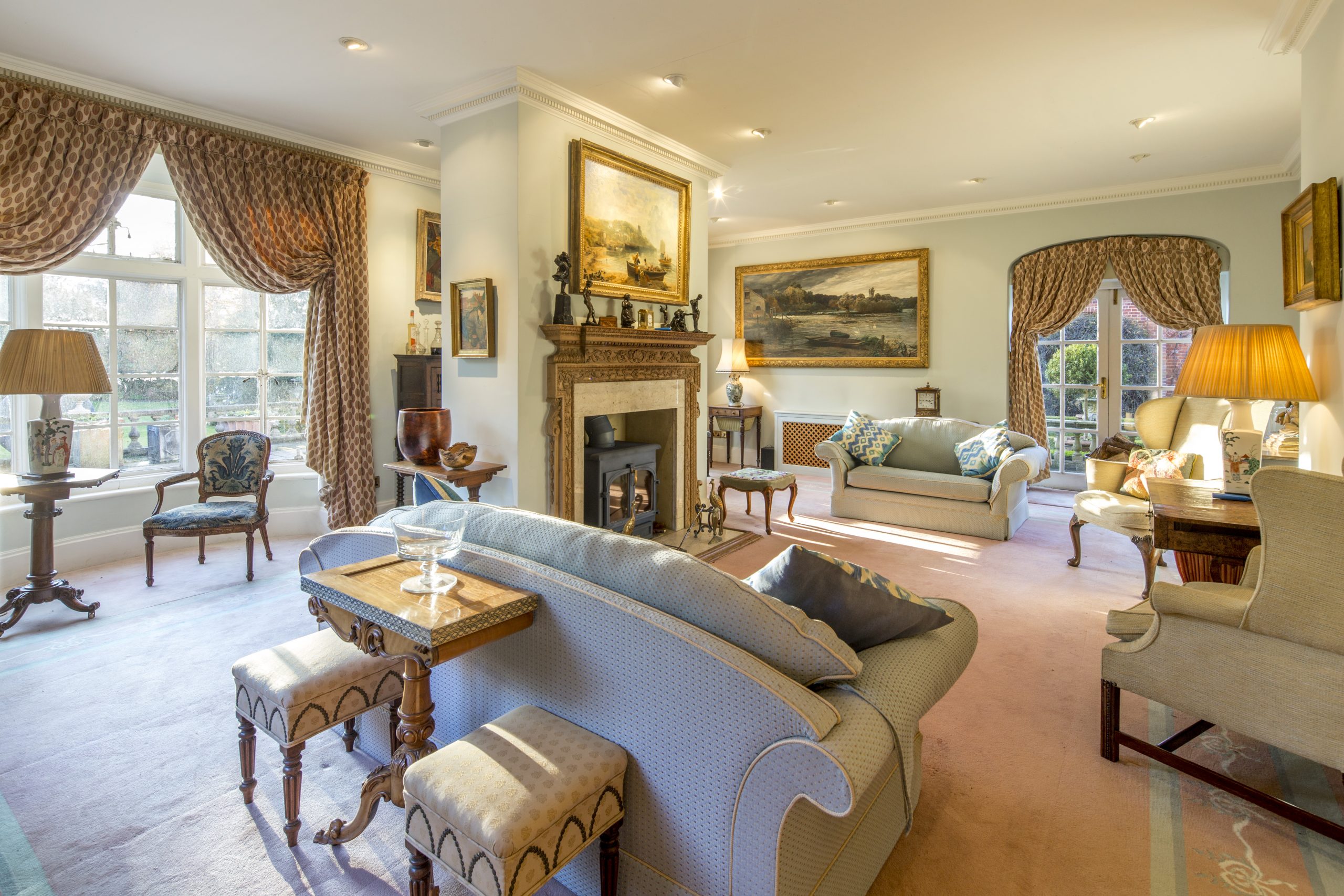
Now, 50 years on, having transformed the house and its former studio set in 35 acres of extensive gardens and grounds on the beech-covered hills of the Chilterns AONB, north of Marlow, into a charming country home of rare distinction and a showcase for art and sculpture, the Messums are ready to move on. Consequently, Lords Wood is for sale through Knight Frank’s Country Department at a guide price of £8 million.
Mary Sargant-Florence was a suffragette and an ardent feminist, who insisted on retaining her maiden name when she married Henry Florence, an American music student, in 1888. He died in the early 1890s and, some years later, Sargant-Florence decided to build a home in the country for herself, her son, Philip, and her daughter, Alix.
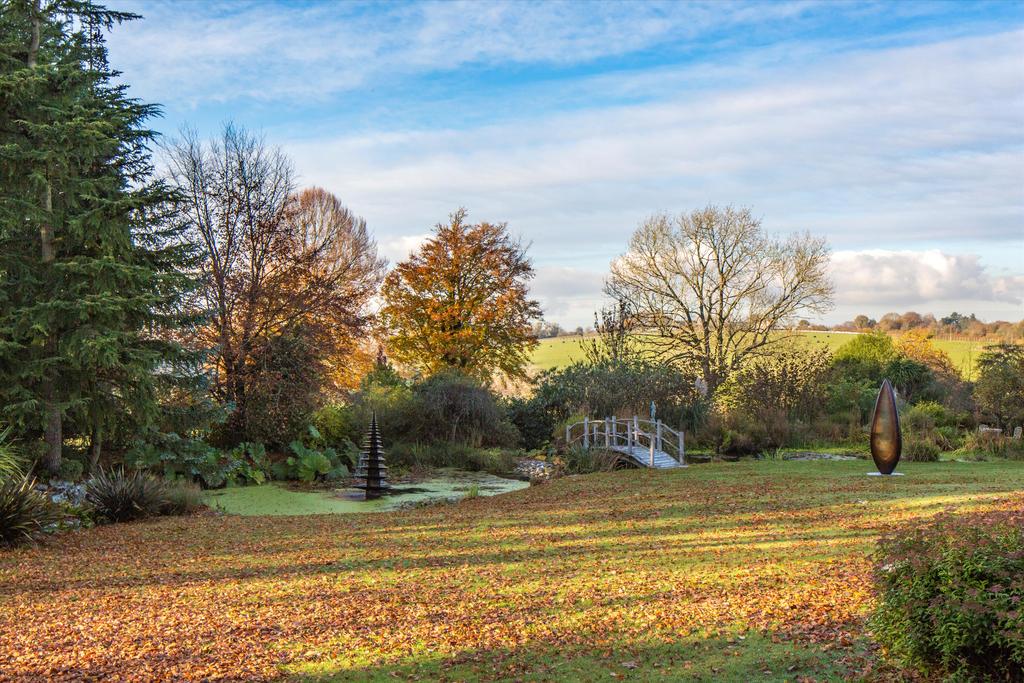
She settled on Marlow, then the site of an artists’ colony led by the sculptor and potter, Conrad Dressler. True to her feminist convictions, she tried to change the name of the property to Lady’s Wood, but tradition prevailed and Lord’s Wood it remained.
Her architect, Granville Streatfeild — who trained with Reginald Blomfield and the eminent Sir Thomas Graham Jackson and married suffragette Lucy Deane, Britain’s first female factory inspector — designed the new house, built of local bricks under a Westmorland slate roof, in the Queen Anne style of the day.
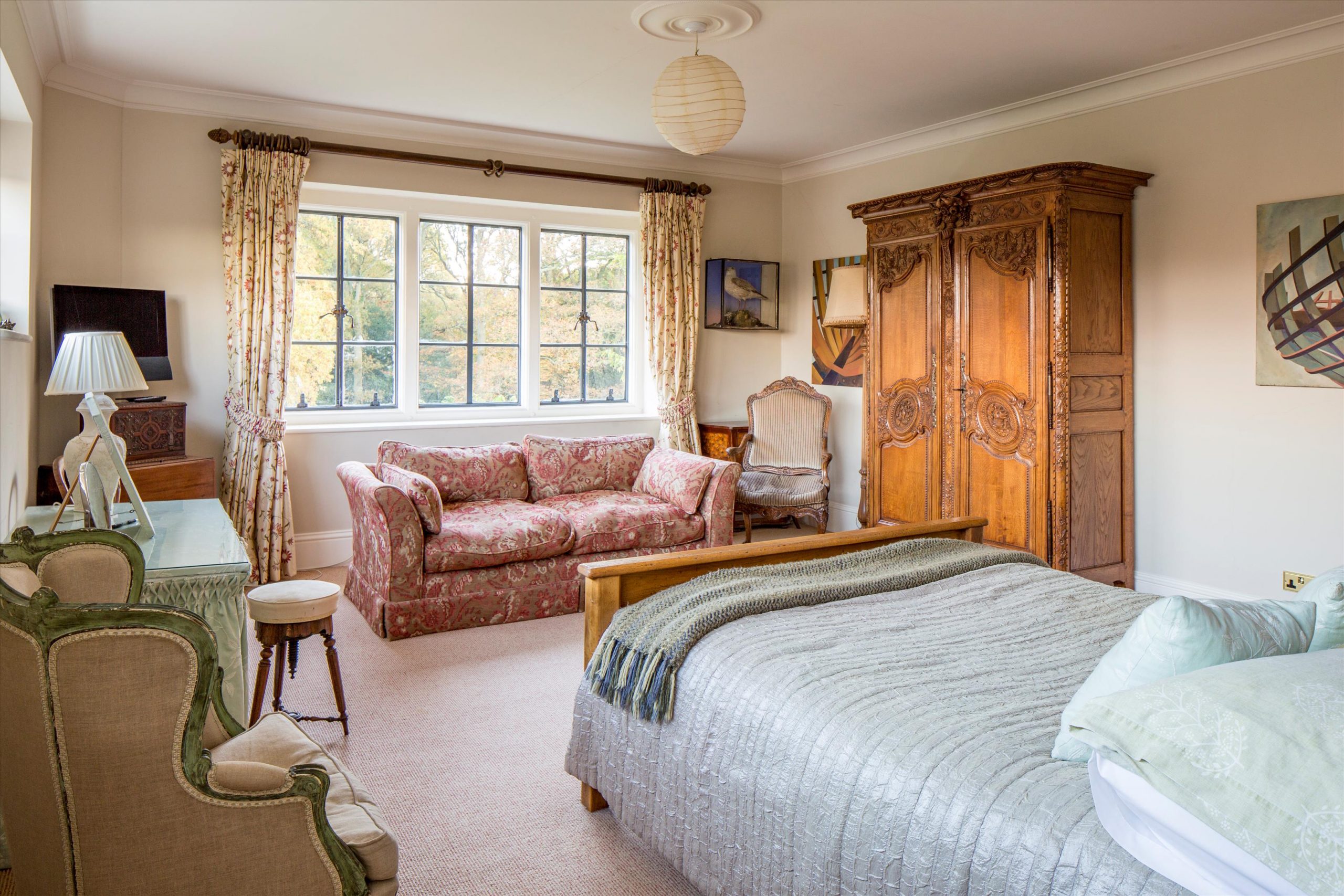
Sargant-Florence adopted the functional principles of William Morris and supervised every phase of the build. No plaster was allowed on the walls; many of the doorways were left without doors and covered only by curtains. Water closets were taboo and it was only when Alix and her husband moved to Lord’s Wood during the Second World War that the plumbing in the house was modernised.
Both were psychoanalysts, chosen by Freud to translate his works into English — a mammoth task that they completed at Lord’s Wood, where they lived permanently after Sargant-Florence’s death in 1954, surrounded by mementos of Bloomsbury past.
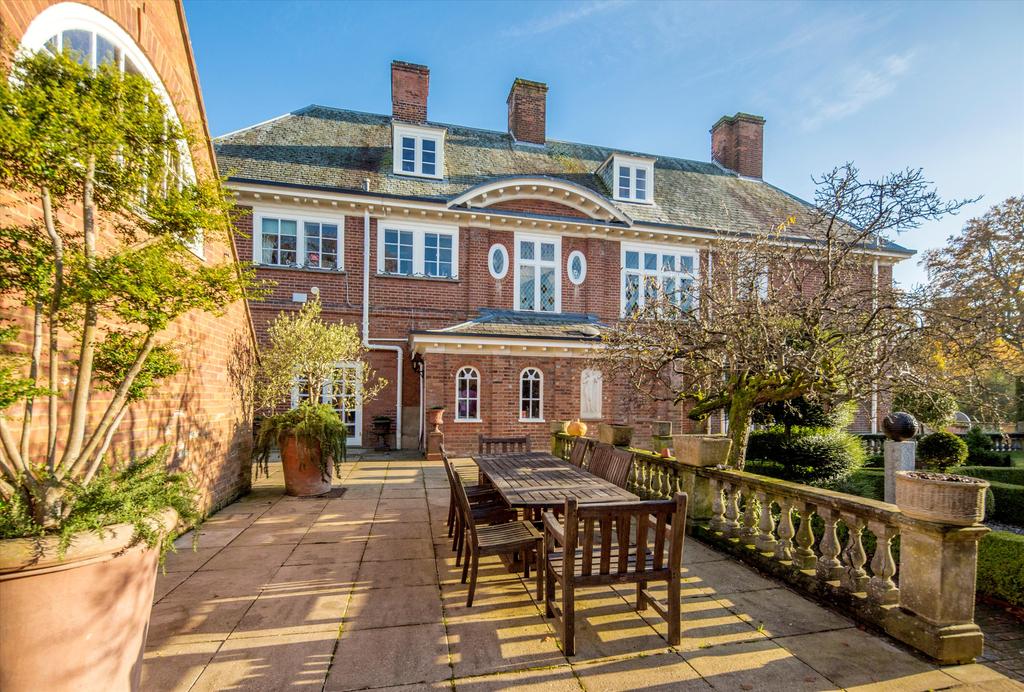
It’s all a far cry from Lord’s Wood today, after nearly half a century of the Messums’ stewardship, during which time much creative energy, inspiration and hard cash has been expended in transforming every aspect of the house and garden. During their tenure, staircases have been repositioned, walls have been removed, fireplaces have been rebuilt and exposed pipes and electrical wires concealed, but important original features such as high ceilings, classic cornicing, period fireplaces and elegant windows have been carefully retained.
The main house provides 4,964sq ft of elegant living space on three floors, including a bright and cheerful reception hall; a large drawing room with French windows leading to the parterre garden; the little-altered hexagon-shaped dining room overlooking the gardens; and a light and spacious kitchen/breakfast room.
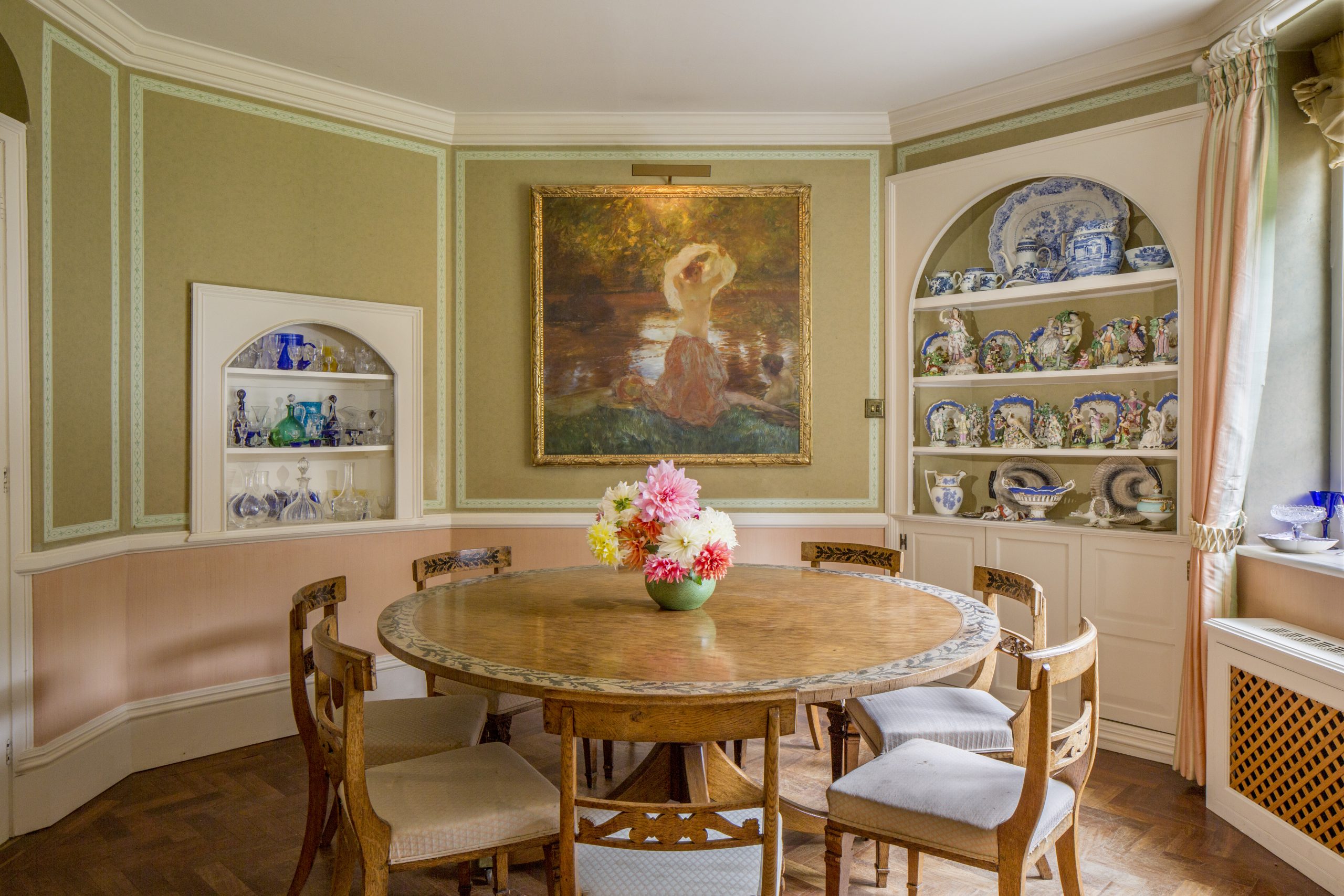
The first floor houses the principal bedroom suite, three double bedrooms (two with en-suite bathrooms) and a separate shower room, with three more double bedrooms, a single room, a bathroom and a hobby room on the second floor.
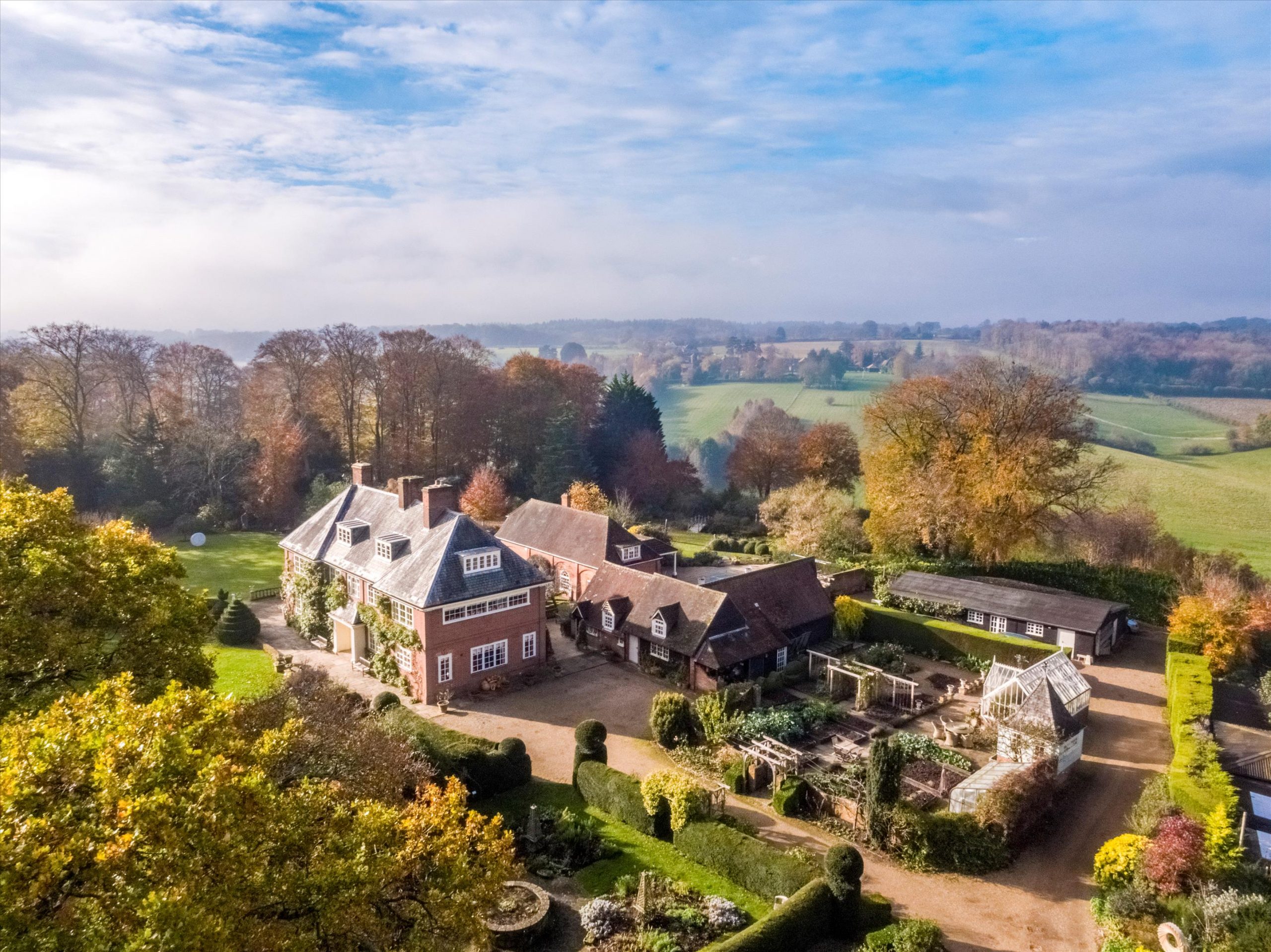
Standing next to the house is the large studio where Sargant-Florence worked as a muralist and where she taught the artist Stanley Spencer the craft of mural painting. Currently used as an art gallery/office complex, it offers a further 2,393sq ft of useful space on two floors. Outbuildings include the Lytton Barn and the James Barn, both currently used for storage, but with potential for conversion, subject to planning consent.
And so to Lord’s Wood’s pièce de resistance—the five acres of wonderful gardens painstakingly created by the combined efforts of the Messum family over many years. They feature richly planted herbaceous borders, mature trees, yew hedging and topiary, a parterre planted with box, a flagstone terrace and a formal garden mainly laid to lawn.

A pergola walkway leads to the wildflower meadows with their glorious views over the Chilterns and a private area, accessed via a brick arch, houses an outdoor swimming pool—a splendid place for entertaining.
Lord's Wood is currently on the market via Knight Frank at a guide price of £8 million — see more pictures, or enquire with the agent for further details.
Marlow: What you need to know
Location: In the Chiltern Hills AONB, just under 5 miles from High Wycombe and approximately 5.7 miles from Maidenhead. Marlow station provides rail links into London Paddington. There are further rail services at High Wycombe and Maidenhead. Heathrow is approximately 25 mile away.
Atmosphere: The sought after town has a bustling and friendly atmosphere, and is known as one of the loveliest locations along the River Thames. The town attracts a great number of visitors thanks to its beautiful settings and is famously known as the place where Mary Shelley finished her gothic novel Frankenstein.
Things to do: The Georgian market town is home to a number of boutique shops, restaurants and cafes. The annual summer regatta is held in June with family races and activities. There are lots of walks to enjoy, including the Thames Path, plus the Pub in the Park festival which is held every September.
Schools: Schooling in the area is fantastic, including St Peter's Catholic Primary School, Sir William Borlase in Marlow, Eton College and Wycombe College.
See more property for sale in the area.

Credit: Strutt and Parker
Best country houses for sale this week
An irresistible West Country cottage and a magnificent Cumbrian country house make our pick of the finest country houses for
-
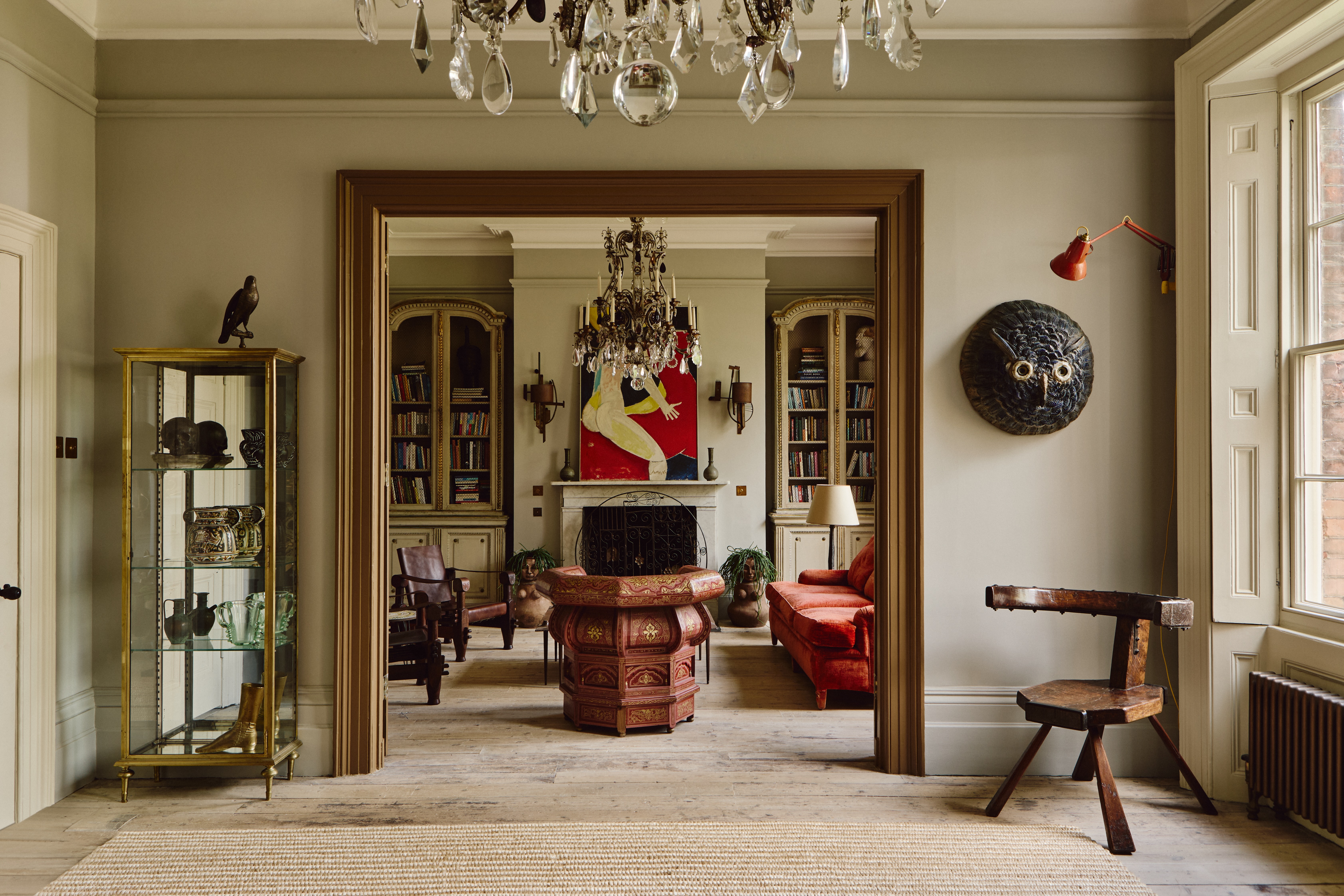 ‘It had the air of an ex-rental, and that’s putting it politely’: How an antique dealer transformed a run-down Georgian house in Chatham Dockyards
‘It had the air of an ex-rental, and that’s putting it politely’: How an antique dealer transformed a run-down Georgian house in Chatham DockyardsAn antique dealer with an eye for colour has rescued an 18th-century house from years of neglect with the help of the team at Mylands.
By Arabella Youens Published
-
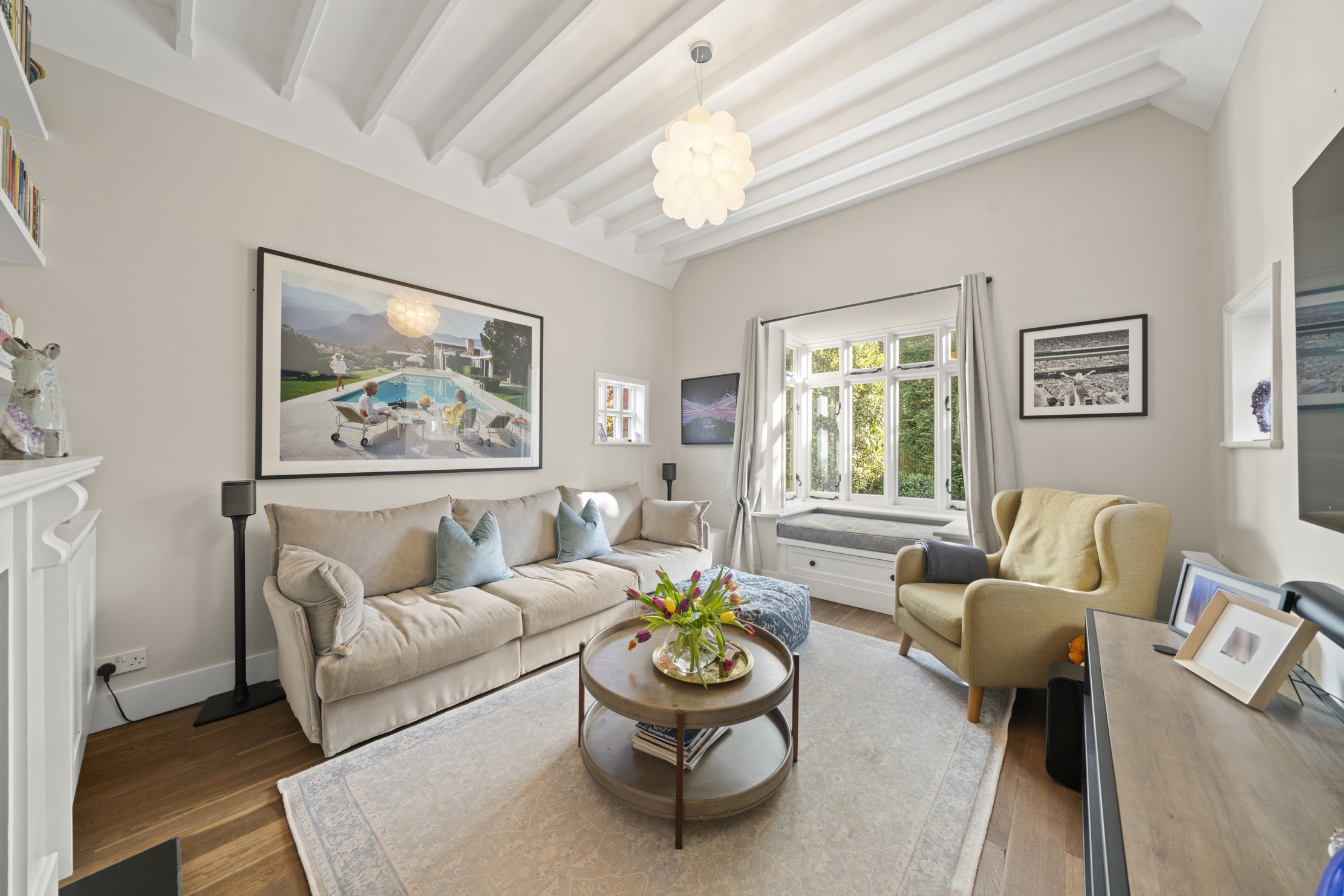 A home cinema, tasteful interiors and 65 acres of private parkland hidden in an unassuming lodge in Kent
A home cinema, tasteful interiors and 65 acres of private parkland hidden in an unassuming lodge in KentNorth Lodge near Tonbridge may seem relatively simple, but there is a lot more than what meets the eye.
By James Fisher Published
-
 A home cinema, tasteful interiors and 65 acres of private parkland hidden in an unassuming lodge in Kent
A home cinema, tasteful interiors and 65 acres of private parkland hidden in an unassuming lodge in KentNorth Lodge near Tonbridge may seem relatively simple, but there is a lot more than what meets the eye.
By James Fisher Published
-
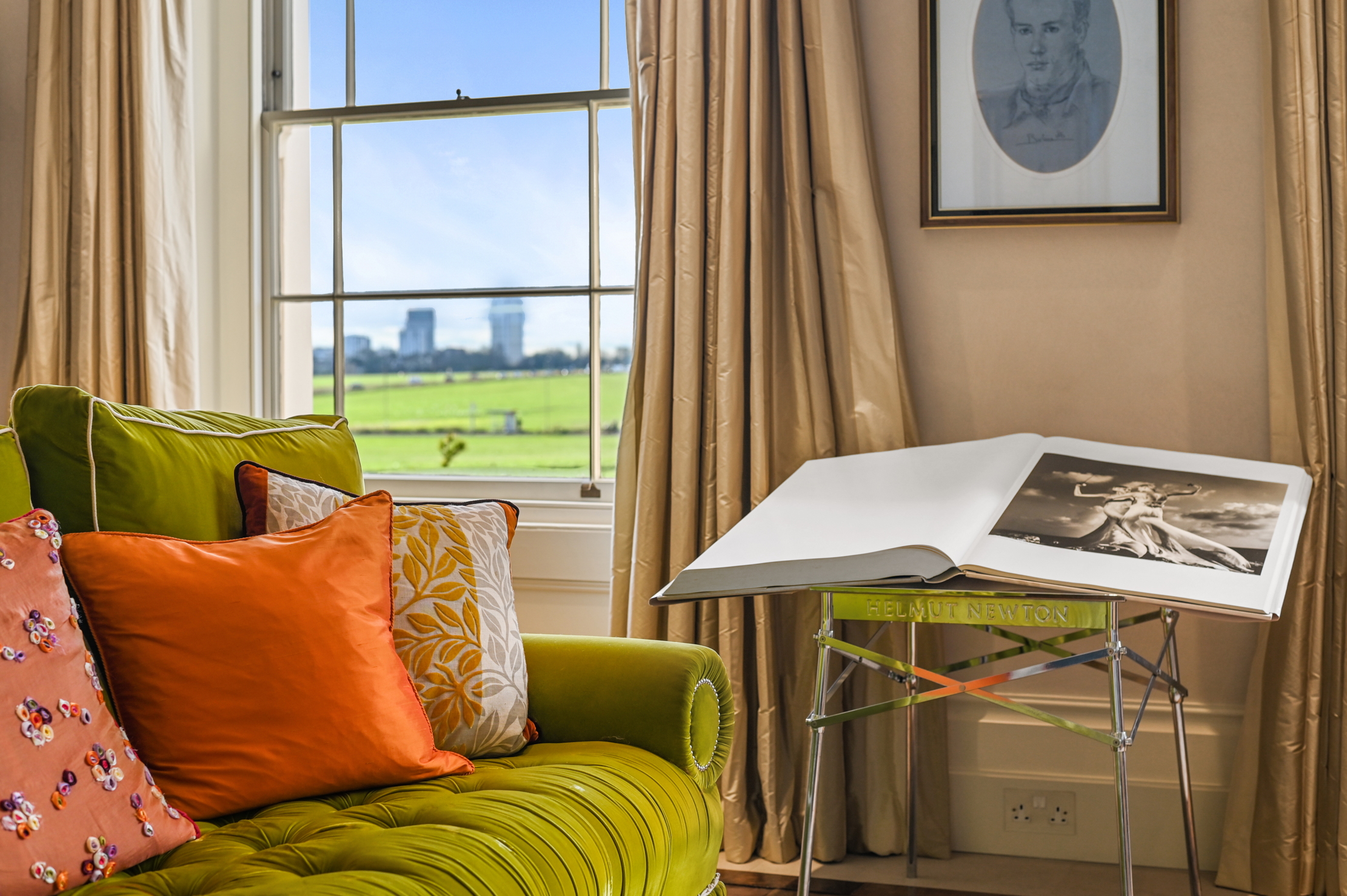 A rare opportunity to own a family home on Vanbrugh Terrace, one of London's finest streets
A rare opportunity to own a family home on Vanbrugh Terrace, one of London's finest streetsThis six-bedroom Victorian home sits right on the start line of the London Marathon, with easy access to Blackheath and Greenwich Park.
By James Fisher Published
-
 A tale of everyday life as lived on Britain's most expensive street
A tale of everyday life as lived on Britain's most expensive streetWinnington Road in Hampstead has an average house price of £11.9 million. But what's it really like? Lotte Brundle went to find out.
By Lotte Brundle Last updated
-
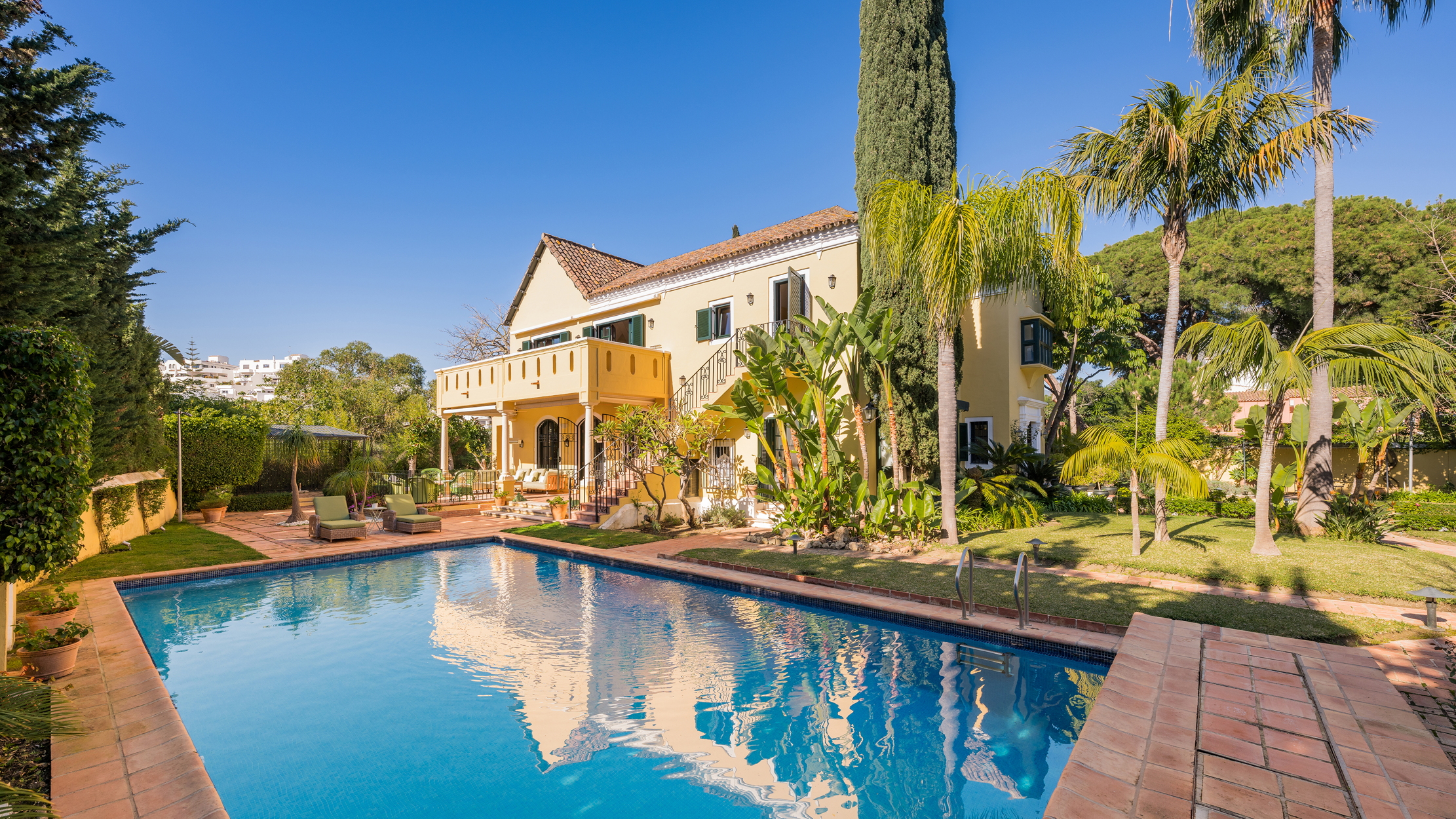 Damon Hill's former home in Marbella is the perfect place to slow down
Damon Hill's former home in Marbella is the perfect place to slow downThe glorious Andalusian-style villa is found within the Lomas de Marbella Club and just a short walk from the beach.
By James Fisher Published
-
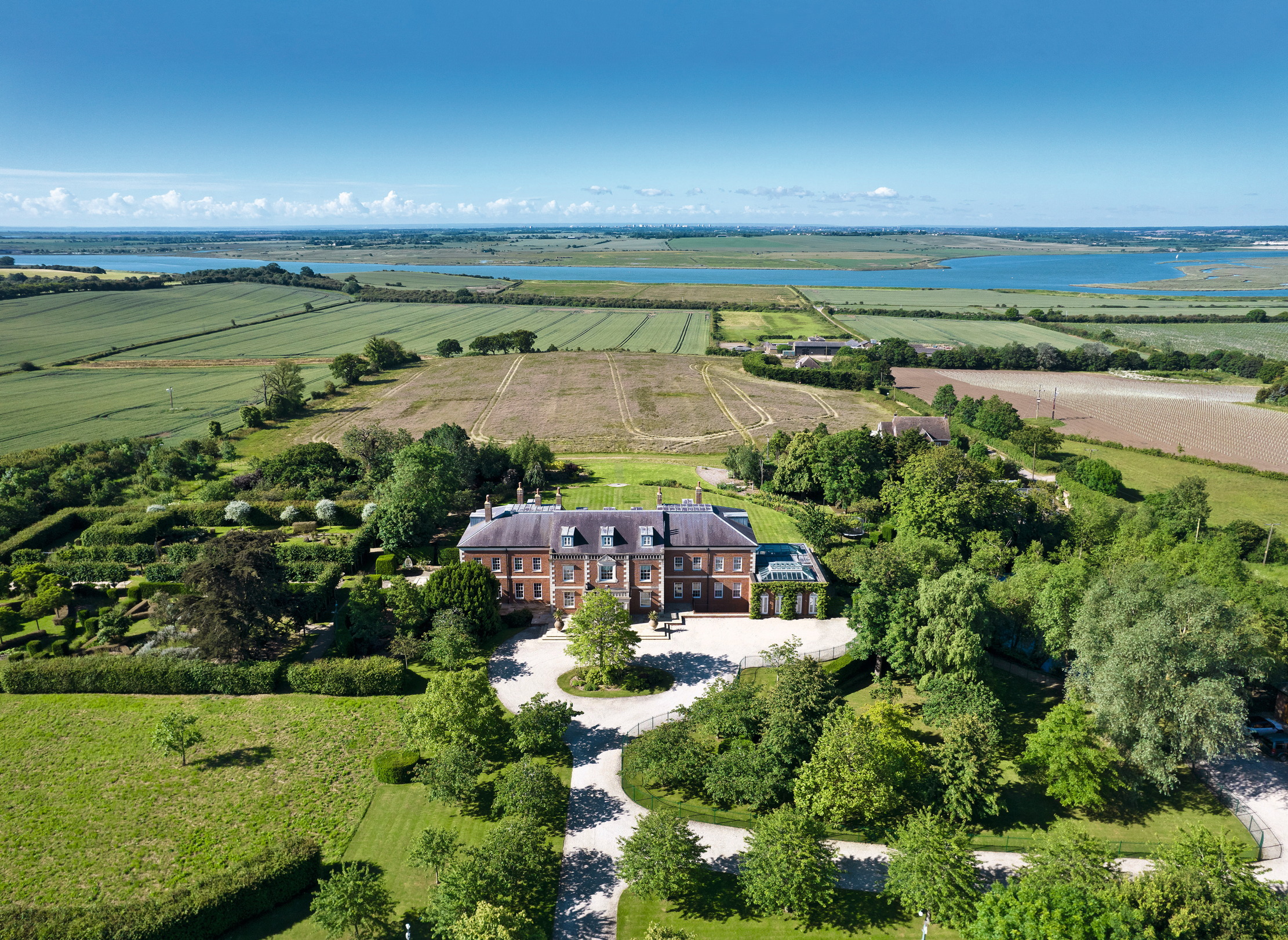 A 327-acre estate in the heart of 'England’s Côte d’Or', with a 26,000sq ft Georgian style home at its heart
A 327-acre estate in the heart of 'England’s Côte d’Or', with a 26,000sq ft Georgian style home at its heartStokes Hall in the Crouch Valley is an inspiring property looking for a new owner.
By Penny Churchill Published
-
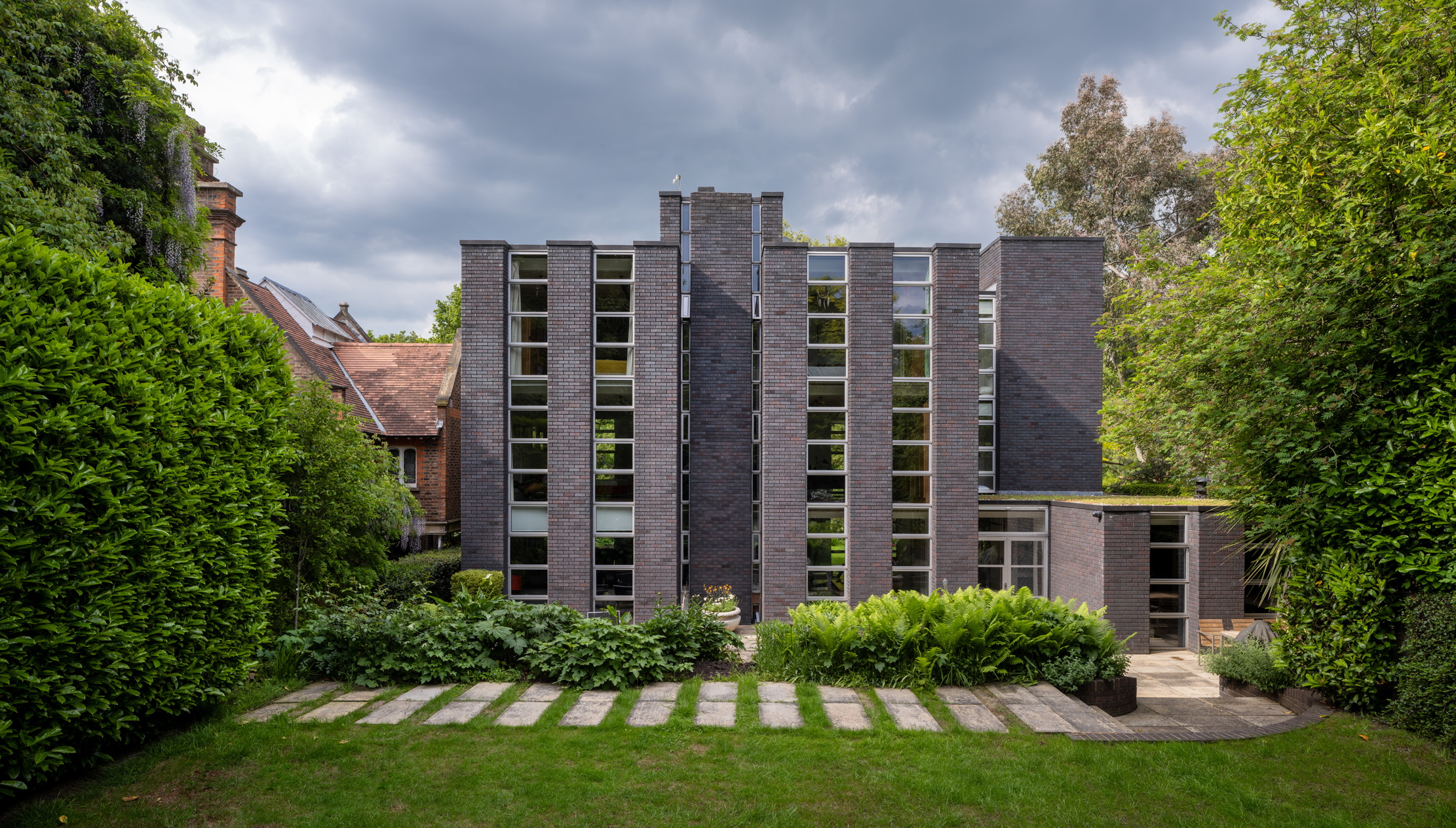 Schreiber House, 'the most significant London townhouse of the second half of the 20th century', is up for sale
Schreiber House, 'the most significant London townhouse of the second half of the 20th century', is up for saleThe five-bedroom Modernist masterpiece sits on the edge of Hampstead Heath.
By Lotte Brundle Published
-
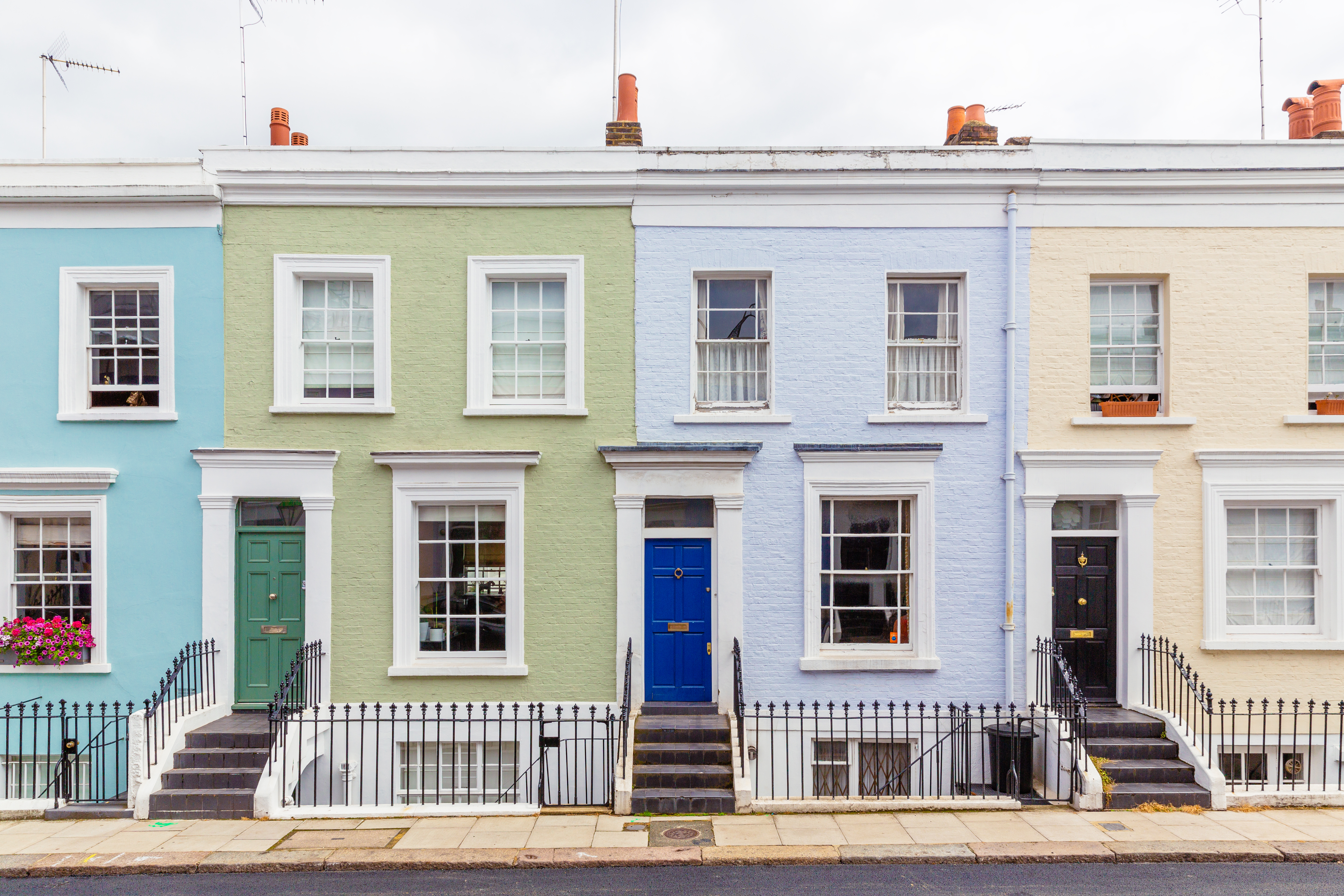 Is the 'race for space' officially over?
Is the 'race for space' officially over?During the lockdowns, many thought the countryside was the place to be. It seems many are now changing their minds.
By Annabel Dixon Last updated
-
 What's a 'wellness village' and will it tempt you back into the office?
What's a 'wellness village' and will it tempt you back into the office?The team behind London's first mixed-use ‘wellness village’ says it has the magic formula for tempting workers back into offices.
By Annunciata Elwes Published
